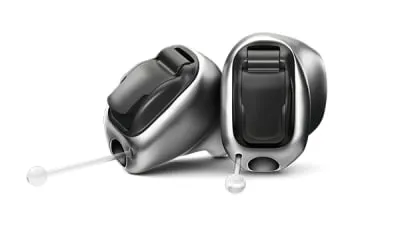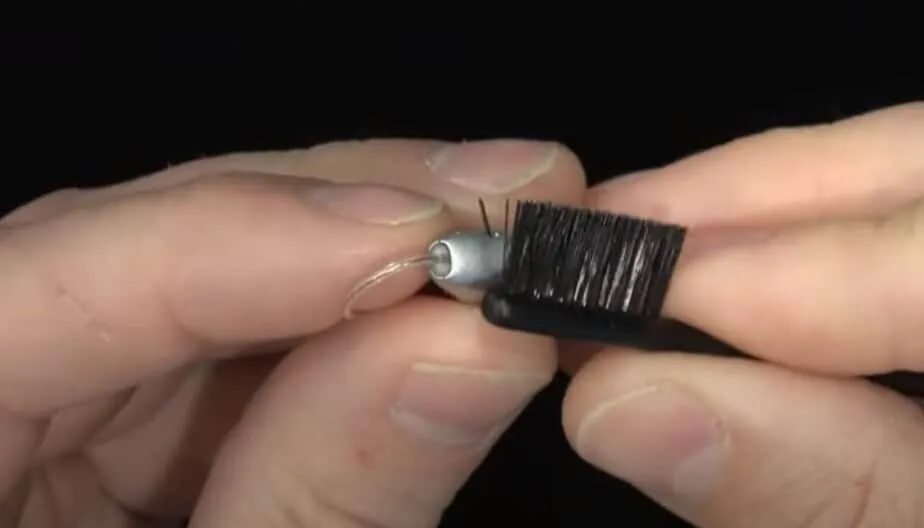Are you getting your first pair of hearing aids? Whether you’ve just purchased them or are still exploring your options, it’s completely normal to have questions about what comes next. From how they’ll feel and sound to what your first appointment will be like — knowing what to expect can make the process smoother, less overwhelming, and more successful.
As an audiologist with over 14 years of experience helping thousands of patients hear better, I’ve written this guide to walk you through everything you need to know before (and after) getting hearing aids. We’ll talk about fittings, how your brain adjusts, what hearing aids really look like, and how to take care of them long-term. If you want to make the most out of your investment, start here.
Fitting and Programming
Your hearing aid fitting is one of the most important steps in the process. It’s not just about putting the device in your ear — it’s about custom programming it to match your unique hearing loss. This process involves your audiologist using your audiogram to adjust frequency, gain, and background noise settings, often with the help of real ear measurements to verify accuracy. A well-programmed device can make the difference between frustration and life-changing improvement.
- Bring your most recent hearing test results (audiogram)
- Expect 45–60 minutes for the fitting appointment
- Ask about domes vs earmolds and which is better for your hearing loss
- Request a follow-up appointment within two weeks to fine-tune settings
FAQ: Hearing Aid Fitting
Q: How long does a hearing aid fitting take?
A: Most initial appointments take 45 minutes to an hour, including programming and testing.
Q: Will the fitting hurt?
A: Not at all. The process is non-invasive and comfortable.
Types of Hearing Aids You May Be Offered
Before your fitting, your audiologist will recommend styles that fit your hearing needs, lifestyle, and cosmetic preferences. Common options include:
- Completely-in-Canal (CIC) – Nearly invisible and very discreet
- Receiver-in-Canal (RIC) – Popular for comfort and sound quality
- Behind-the-Ear (BTE) – Durable and suited for severe hearing loss
- In-the-Ear (ITE) – Easier to handle for those with dexterity issues
Understanding the benefits and limitations of each type will help you make an informed choice.
The Appearance of Hearing Aids
Modern hearing aids are small, discreet, and designed for comfort. Many are nearly invisible, especially models that sit inside the canal. If you’re worried about appearance, know that most people won’t even notice you’re wearing them — but they will notice that you’re hearing better. Some models even come in colors that blend with your hair or skin tone.

Changes in Sound Perception
Your brain needs time to adjust to amplified sounds. Everyday noises like crinkling paper, footsteps, or flushing toilets may seem loud at first. This is completely normal — your brain has been deprived of these sounds and must learn how to filter them again. This adaptation process is known as auditory acclimatization and typically takes 2–4 weeks.
- Give it 2–4 weeks for full adjustment
- Wear the devices daily, even at home
- Be patient — your comfort improves with consistent use
Self-Perception with Hearing Aids
Many users feel more confident and less fatigued once they begin using hearing aids. Better hearing can positively impact your relationships, self-esteem, and even mental health. You may find yourself participating in more conversations, feeling less isolated, and enjoying social events again.
Comfort and Adaptation
It takes time to get used to wearing hearing aids. Initial sensations in your ear will fade as you adapt. Your audiologist should schedule follow-ups to make adjustments. Support can also come from online communities and in-person support groups.
Join Online Support Groups
Questions to Ask Before Your Fitting
- What is the trial period and return policy?
- Are follow-up adjustments included in the price?
- Will my hearing aids work with my phone or TV?
- How long is the warranty and what does it cover?
- What is the expected battery life or charging time?
Asking these questions ensures you’re not only comfortable with your devices but also confident in your purchase.
Expected Maintenance and Care
Daily care matters. Clean your hearing aids with a soft brush, store them in a dry place, and avoid moisture exposure. Replace wax guards and domes as instructed. Schedule follow-up visits with your audiologist to catch issues early and maintain your warranty. For further information, the American Speech-Language-Hearing Association offers excellent maintenance tips.

Conclusion
Getting hearing aids is a big step — and a powerful one. Expect an adjustment period, but with proper fitting, realistic expectations, and daily use, you’ll hear better and live better. Work closely with your audiologist, ask questions, and give your brain time to adapt.
Not sure which hearing aids are right for you? Check out our recommended hearing aids guide.

